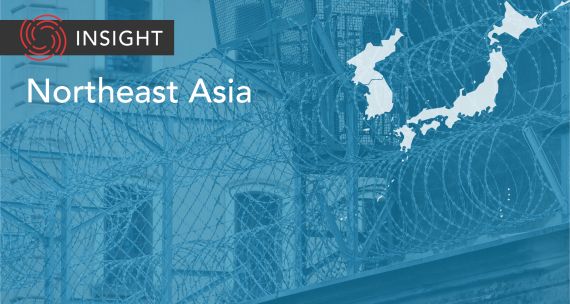B.C. Premier Christy Clark recently announced $6-million for a new computer 'coding curriculum,' which will be offered in K-9 classrooms this fall and introduced in grades 10 to 12 in 2017. This is part of a larger initiative called the K-12 Applied Design, Skills and Technologies curriculum.
While there is skepticism about the value of integrating coding into B.C.'s schools, it is undeniable that technological innovations are revolutionizing our daily lives and professions, from the way that students learn to the way governments prepare for natural disasters. Understanding how computers work and having the skills to program software will help our next generation to navigate an increasingly tech-dependent global economy.
To ensure successful implementation of its coding curriculum, B.C. might benefit from studying the experience of South Korea (hereafter Korea), which Bloomberg ranks as the world's most innovative economy. A new Asia Pacific Foundation of Canada report (click HERE) explains how a comprehensive software education program is part of Korea's strategy to prepare its young people for the 21st century economy. Here are four takeaways for B.C.:
Encourage active teacher participation: the Korean government provides financial incentives for teachers' active involvement in the curriculum development process. In May, the Korean government announced that 20 teams of teachers and software education programmers would be awarded C$3,300 each to create guidebooks on how to use software education tools. Previously, teachers have received similar support in areas such as robotics, smart science labs and STEAM (science, technology, engineering, arts, and mathematics ) education. B.C. could consider creating similar teacher communities to encourage collaboration between schools and the technology sector and to empower teachers to shape the curriculum.
Make the coding curriculum fun and creative: in Korea, learning coding is fun and creative. Students are learning to create animated stories and games and make simple robots by using computer programming languages. Also, elementary school teachers teach coding in conjunction with other academic subjects such as writing, science and art. When the coding curriculum is introduced in B.C., teachers should provide hands-on experiences and help their students — and parents — see that it has widespread application and connects to their academic and future careers.
Evaluate and adjust early: Korea has introduced its software education curriculum incrementally since 2014, before nationwide implementation in 2018.
In 2014, 72 schools were selected for the pilot phase, and this year, 900 Korean schools are offering the new curriculum. Selected schools are given C$11,000 annually for software educational tools and related resources and share their progress through seminars and reports. The curriculum is also improved with information about student satisfaction and teacher feedback. Although B.C. does not have plans for a pilot phase, the Ministry of Education could commit to an early evaluation of the program and to making adjustments as needed.
Make access equitable: Like B.C., Korea faces challenges in providing equitable access to resources. There is a disparity in the availability of computers, physical computing tools, and teacher professional development opportunities. Also, there is the potential of a generation gap between students who will learn coding from a young age and those who will graduate before the new curriculum is introduced. To make sure that all children can benefit from the new curriculum, the Korean Ministry of Education will leverage online tools such as 'massive open online courses' (MOOCs) and is considering strategies to support schools that have outdated computer labs. B.C. should think about how to use financial resources and technological tools to ensure equity in the coding curriculum.
In many ways, Korea offers a glimpse into B.C.'s future, and provides valuable insights into what it takes to introduce a coding curriculum that is meaningful, fun, and creative for all students.
This piece first appeared in the Vancouver Sun on June 23, 2016.



